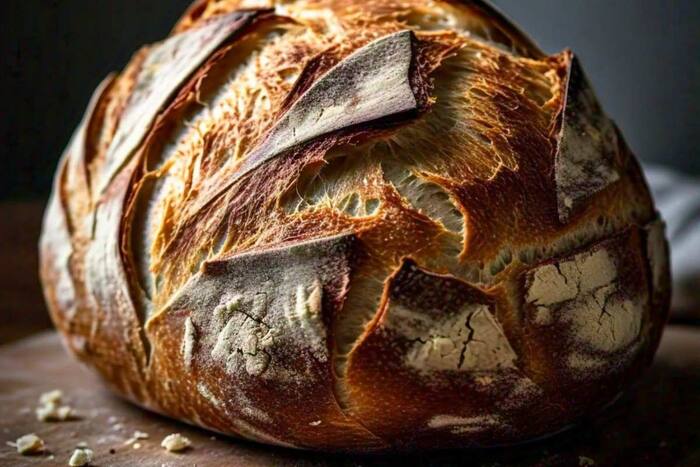By clicking “Accept All Cookies”, you agree to the storing of cookies on your device to enhance site navigation, analyze site usage, and assist in our marketing efforts Cookies Policy.
10 Health Risks Associated With Consuming Stale Bread
Eating stale bread can pose several risks, primarily due to mold growth, which can lead to allergic reactions, respiratory issues, and exposure to harmful mycotoxins. Stale bread also loses nutritional value, making it less beneficial as a food source. While minor staleness might not be harmful, consuming bread that is extensively stale, moldy, or improperly stored should be avoided to ensure safety and maintain nutritional quality.

Eating stale bread may seem harmless, but there are several risks associated with consuming it, especially if it’s significantly past its prime. Here’s a detailed look at the potential risks:
1. Risk of Mold Exposure
One of the most significant risks of eating stale bread is mold growth. As bread ages, it becomes more prone to mold, which can be harmful if consumed. Moldy bread can cause allergic reactions, respiratory issues, and gastrointestinal problems. Some molds produce mycotoxins, which are toxic and can lead to more severe health issues, such as liver damage or cancer if ingested in large amounts over time.
2. Decreased Nutritional Value
Stale bread loses some of its nutritional value over time. The bread’s vitamins and minerals can degrade, reducing its health benefits. For example, B vitamins and other essential nutrients in bread may diminish as it becomes stale, making it less beneficial as a food source.
3. Digestive Issues
Consuming stale bread can lead to digestive discomfort. The texture of stale bread becomes hard and dry, making it more challenging for the digestive system to break down. This can result in issues such as bloating, gas, or even constipation. In extreme cases, large pieces of stale bread may pose a choking hazard or cause gastrointestinal obstruction.
4. Increased Risk of Foodborne Illness
If stale bread has been improperly stored or exposed to moisture, it can become a breeding ground for bacteria. Consuming such bread increases the risk of foodborne illnesses. Bacteria like Salmonella or E. coli can proliferate in bread that’s been kept in unsanitary conditions or has become moldy.
5. Loss of Taste and Texture
Stale bread typically becomes dry and hard, resulting in an unpleasant taste and texture. The staleness can make the bread less enjoyable to eat and affect the overall quality of meals where bread is a component. This diminished sensory experience might impact overall eating satisfaction.
6. Potential Allergic Reactions
For individuals with sensitivities or allergies to certain grains or additives, stale bread might exacerbate symptoms. The process of staling can alter the bread’s chemical composition, potentially triggering allergic reactions or sensitivities, particularly in people with gluten or wheat allergies.
7. Reduced Effectiveness as a Food Source
Stale bread is less effective as a source of energy and nutrients compared to fresh bread. The staling process can make the bread less digestible and lower in quality, which diminishes its role as a valuable food item in a balanced diet.
8. Unpleasant Odor
Stale bread can develop an off-putting odor due to the breakdown of its ingredients over time. This unpleasant smell can make the bread unappetizing and may affect the taste of other foods it is consumed with.
9. Potential for Chemical Changes
As bread becomes stale, chemical changes can occur that might impact its safety. For instance, if bread is exposed to air or moisture, it may undergo oxidation or other chemical processes that could make it less safe to eat.
10. Possible Impact on Dental Health
The hardness of stale bread can be tough on teeth, particularly for those with sensitive teeth or dental issues. Chewing hard, stale bread can potentially cause discomfort or damage dental work, such as fillings or crowns.
While eating slightly stale bread occasionally may not pose significant health risks, consuming bread that is extensively stale, moldy, or improperly stored should be avoided. It’s important to store bread properly and check for signs of spoilage to ensure it remains safe and nutritious to eat.
For breaking news and live news updates, like us on Facebook or follow us on Twitter and Instagram. Read more on Latest Dishes News on India.com.